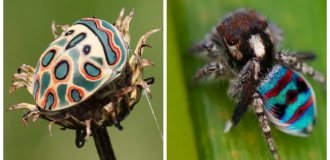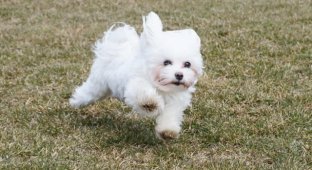Dogs with a Long Lifespan
Australian Shepherd (Aussie): Sheep Herder 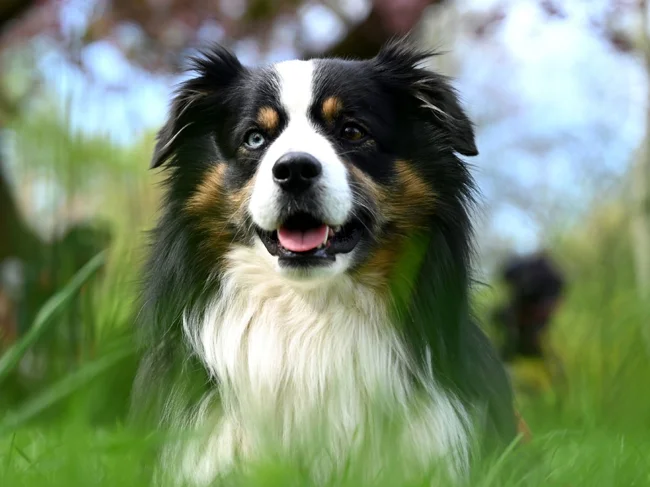
History: Developed in the United States in the 19th century to work with sheep by crossing Border Collies, Pyrenean Shepherds, Bernese Mountain Dogs, and Basque Shepherds brought from Australia—hence the name. Health: Aussies are energetic, hardy, and generally not prone to illness. In some cases, hip dysplasia, allergies, and eye diseases are observed. These dogs also have intolerances to certain medications, so always consult a veterinarian before starting treatment. Lifespan: 13-15 years.
Alabai: A Calf's Growth - A Child's Soul 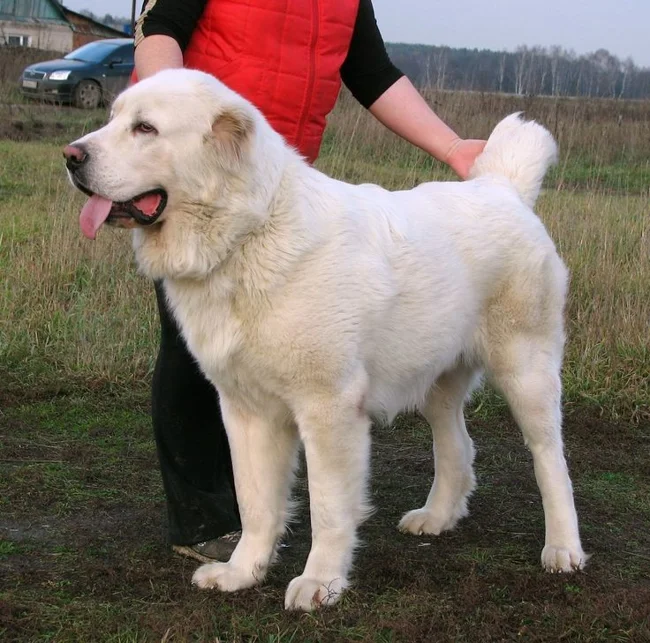
History: Dogs similar to the Alabai (Central Asian Shepherd) appeared over 5,000 years ago in Central Asia. They guarded nomads' homes, herded livestock, were used in place of horses, and were used to hunt large game. Health: The breed developed without human intervention, so Alabai are rarely susceptible to disease. However, there are some common problems: hip dysplasia, diabetes, obesity, arthritis, and arthrosis. Life expectancy: 12-15 years.
. Basenji: A Self-Taught Vocalist 
History: These dogs originated in Central Africa, where they were used for hunting and guarding. A unique trait of the Basenji is that instead of barking, they produce a sound similar to a throaty yodel. Health: The Basenji has a low risk of hereditary diseases, but kidney problems and eye diseases are possible in some cases. Lifespan: 12-16 years.
Border Collie: A Mind of Its Own 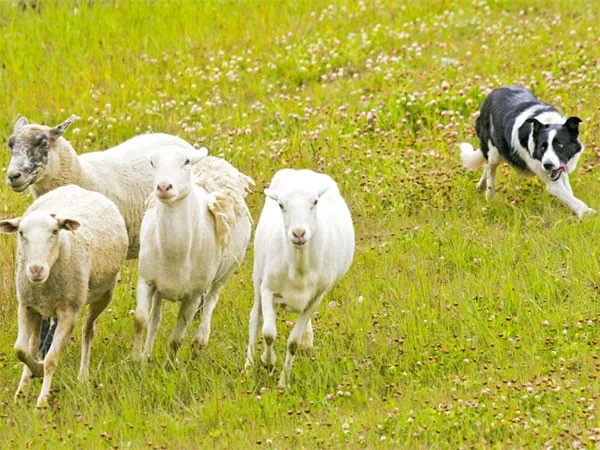
History: Another sheepherder, this breed traces its ancestry back to the sheepdogs of British farmers living on the Scottish border. Hence the word "boarder" in the name. In 1860, English sheepdogs were featured at a dog show and were subsequently presented to Queen Victoria, who was captivated by their loyalty and intelligence. In 1915, the breed was officially registered. Health: The Border Collie is a dog with a strong immune system. In rare cases, problems related to hip dysplasia, retinal atrophy, and epilepsy may occur. Life expectancy: 12-15 years.
Bull Terrier: The Terror of Bulls 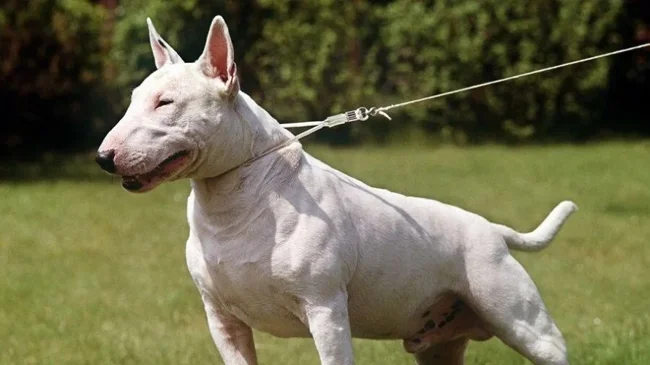
History: The breed was developed in the 19th century in England for bull baiting and dog fighting. Later, it became popular as a companion dog. Health: Strong, active Bull Terriers can withstand intense physical activity and are generally not prone to illness. However, they can suffer from skin problems and allergies. Lifespan: 12-14 years
Labrador Retriever: A Real Life Dog 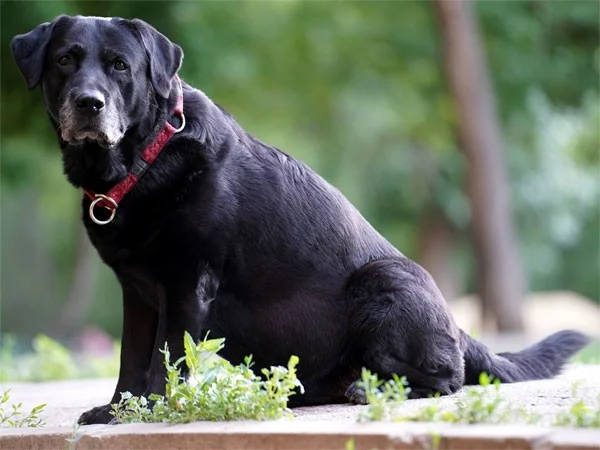
History: The ancestors of modern Labradors most likely originated on the Canadian island of Newfoundland. These dogs helped fishermen haul in their nets and rescued people who had fallen overboard—it's no coincidence that "labor" means "worker" in Portuguese. In the 19th century, Labrador Retrievers arrived in Great Britain, where they were used for gunshot hunting. Health: The Labrador has an iron constitution and a golden character. They love water, aren't afraid of frost, and are ready to spend all day on the move. They have a stable psyche. However, members of the breed can suffer from hip dysplasia and obesity, as they love to eat. Life expectancy: 12-14 years.
Poodle: A Perpetual Motion Machine 
History: The poodle's ancestors were likely brought from North Africa by Arabs to Spain and Portugal, where they were crossed with local breeds. Initially, the poodle was used for duck hunting. In the 17th and 18th centuries, it became a favorite of the French court. Health: These playful, curly-haired dogs have a strong immune system and, with proper care, break longevity records, retaining their playfulness even in old age. In some cases, they can suffer from joint problems and some forms of cancer. Life expectancy: 15-20 years.
Siberian Husky: A Tireless Runner 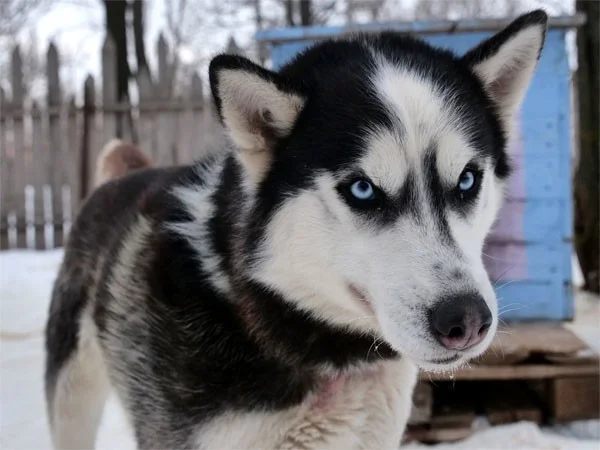
History: This aboriginal sled dog of the northern peoples remained in its natural habitat for a long time and only began to spread around the world in the early 20th century. Health: Hardy dogs, hardened by the harsh climate, are rarely susceptible to illness. However, they can suffer from eye problems (such as cataracts), and with improper care, dermatitis can develop. Lifespan: 12-15 years.
Add your comment
You might be interested in:



